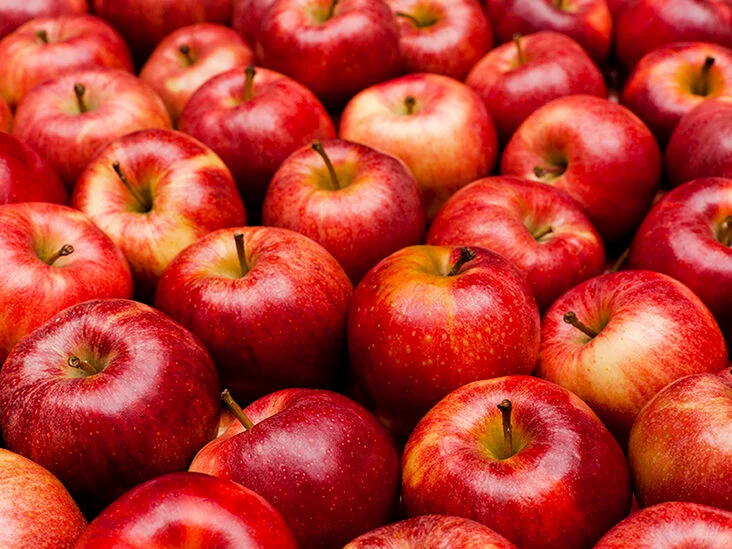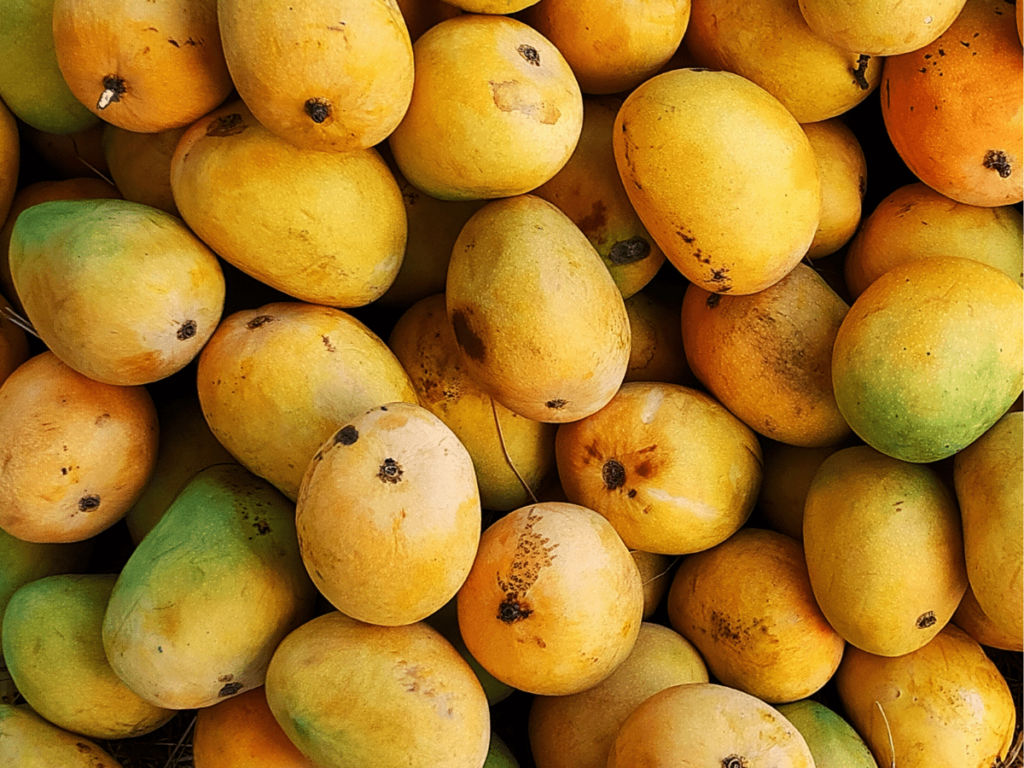Apples are not only a tasty snack but are also packed with nutrients that are good for our health. Knowing how our body digests apples can help us make smarter eating decisions. We’re going to look at what happens to an apple from the moment you take a bite until your body takes in all the good stuff.
Table of Contents
Starting Off with a Bite
The moment you munch on an apple, your body gets to work. Chewing breaks the apple up into small bits. Your saliva also gets busy mixing with the apple pieces, starting to break down the sugars with special enzymes. Then, when you swallow, the apple bits travel down a tube called your esophagus and reach your stomach.
In The Stomach
Inside the stomach, things get pretty powerful. With the help of strong stomach acids and more enzymes, your stomach starts turning the apple into a mushy liquid called chyme. This process helps break down different parts of the apple, like its proteins, carbs, and tiny bit of fats.
On To the Small Intestine
Next up is the small intestine. This is where the real magic of digestion happens. The small intestine is like a big absorption factory. It’s got lots of folds and tiny finger-like things called villi, and even smaller things called microvilli, that all work together to soak up nutrients.
Enzymes from your pancreas, liver, and the intestine itself keep breaking down the apple. When they’re finished, your blood takes all the good nutrients to the parts of your body that need them.
The Importance of Apple Fiber
Apples have a lot of fiber, which doesn’t get broken down like other nutrients but plays a huge role in keeping your digestion moving. This fiber goes pretty much unchanged all the way through the small intestine and heads to your large intestine.
The Arrival in the Large Intestine
In the large intestine, also known as the colon, the apple’s indigestible fiber and any leftover bits get their water sucked out. This helps form the solid part of your stool. The fiber also helps keep your gut bacteria happy and keeps everything soft, so it’s easier for your body to get rid of waste.
How Much Time Does an Apple Need to Digest?
How long it takes for an apple to fully digest can change from person to person. It depends on how fast your body is at digesting, how healthy you are, and what else you are eating. Usually, it might take anywhere from 40 minutes to a couple of hours for an apple to make its way through your digestion.
Right from when you begin chewing to when your body has absorbed all the good parts and gets ready to say goodbye to the rest, your digestive system is hard at work. Some parts of the apple, like the fiber, end up leaving your body as solid waste.
Wrapping It Up
Eating apples is great for you, and knowing how they pass through your digestive system can make you appreciate the whole process even more. Your body does a fantastic job taking in all the valuable nutrients from this wonderful fruit.
So next time you reach for an apple, chew it well to help your body out. This lets you enjoy all the great benefits apples have to offer.









